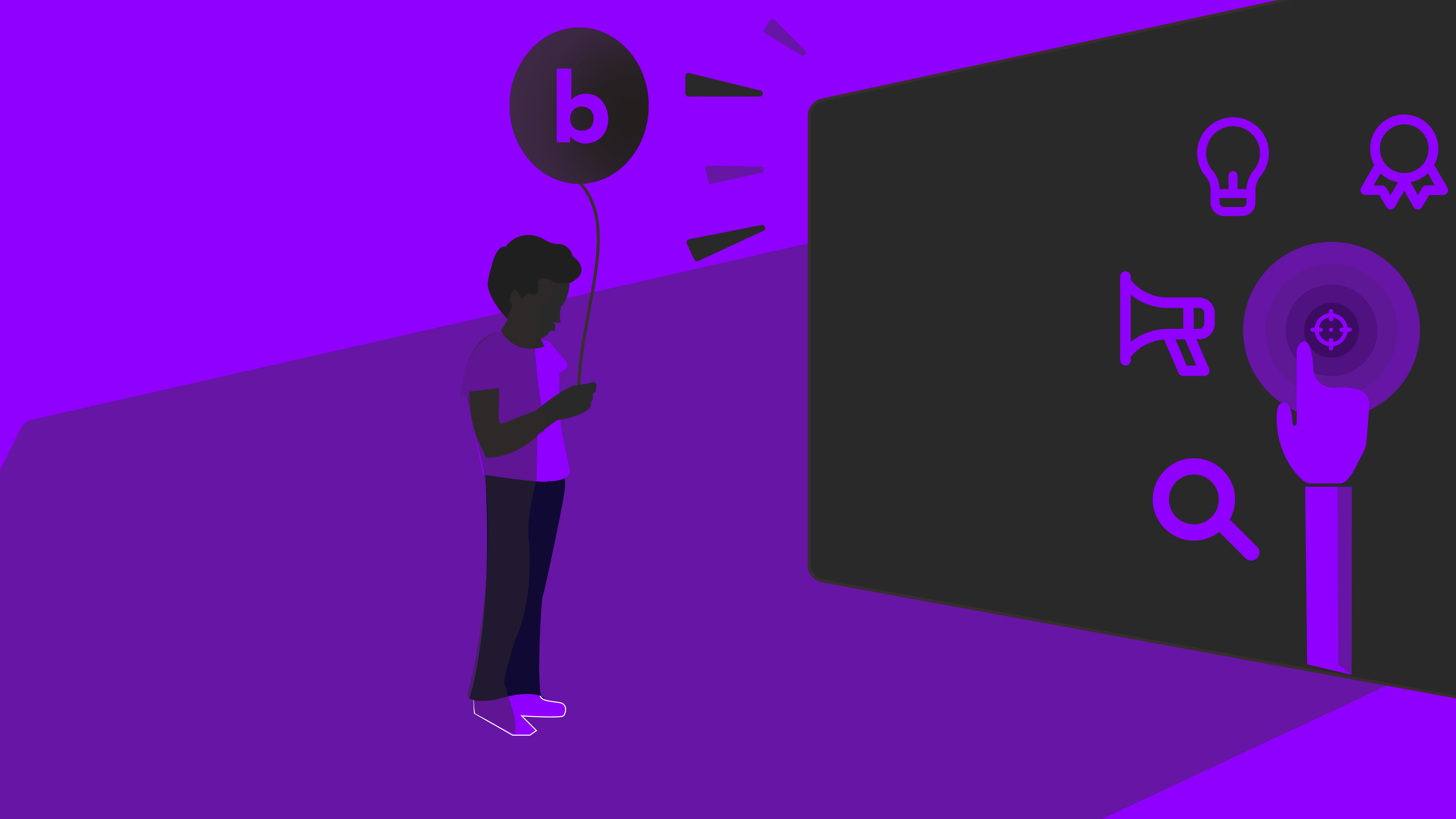I absolutely love SEO - it is possibly the most reliable and consistent marketing channel. Yet, it intimidates many while others consider it to be a "traditional" form of marketing that holds no relevance today. They couldn't be more wrong.
In growing our startup, Flexiple, to $3 million in annual revenue, SEO was the 2nd most important channel (first being repeat customers). It drives a traffic of ~300,000 each month to our website. So, ignoring SEO is not a smart move.
What's the fuss about SEO?
- Inbound > Outbound: Among the various indisputable truths, such as the Earth being spherical and not flat, is that people don't like being sold to. That's why you get super irritated when the credit card salespersons call you.
- Huge volume: Next, 3.5 billion - that's the number of searches on google. Not every year or month, but every day. Picture this: by the time you read this, a few million new searches would have taken place. That's why we have a popular saying: "Don't ask a question before Googling it. Don't answer a question as 'Google it'".
- Higher intent: Also, each person searching on Google does it with a certain intent. That intent is expressed in the words they type. All you need to do is to figure out what your potential customers might type to express their intent. The process of listing those phrases and ensuring that when customers type those phrases, your website is what they see in results, is the entire game of SEO.
So, let's explain SEO to you like you are a 5-year old
The logic behind SEO is frankly quite simple. The goal here, therefore, is to ensure that you understand its fundamental functioning. Let's go!
1. The characters involved
👩🦰 Librarian = Google
📚 Books = All websites
🧔Person searching for a book = Your potential customer
I'll connect it all in the end!
2. Potential customer searches Google
This is equivalent to the 🧔person coming to the 👩🦰librarian and asking her to suggest the most relevant 📘book on say "Photosynthesis" ('cause I'm a nerd :P).
3. Google has to show search results
The 👩🦰librarian now has to decide which 📚Books to recommend from a sea of books.
So, she does this by setting certain parameters to rank the various books.
Which parameters?
4. Google ranks results using a first set of parameters
The first set of parameters help the 👩🦰librarian understand if a particular book is relevant to the topic being searched. Here are the proxies she will use to evaluate that:
- Does "photosynthesis" appear in the title of the 📘book?
- Does it appear in the 📄chapter titles?
- How many times is it mentioned across the content 🔢?
5. Google shares final results using a final set of parameters
The final set of parameters help the 👩🦰librarian ascertain the reputation of each book. For any particular book, here is how she gauges the reputation:
- How many other 📚books cited this 📘book as reference?
- Did any of those 📚books also recommend this 📘book?
- How credible are those other 📚books?
6. Google finally shows the results
Attaching various weights to these parameters, the 👩🦰librarian shares a list of 10 📚books that the 🧔person should consider.
She has a longer list, but the person doesn't care about the books beyond the top 10!
7. Connecting the analogy!
Step 3.
"Photosynthesis": Is what we call a "Keyword"
Step 5
- "Book title": Is the Page Title of your webpage
- "Chapter titles": Are H1, H2... tags
- "Mentions in book content": Mentions in body content
- These are called the "on-page" factors
Step 6
- "Citations by other books": Are "Backlinks"
- "Their recommendation": Is a "Do-follow backlink"
- "Their credibility": An unofficial factor (not shared by Google called "Domain Authority or (DA)"
- These are called the "off-page" factors
8. So, how do you appear in Google's results?
- Choose a keyword your customer likely searches
- Write an article & infuse it per "on-page factors"
- Distribute it so that websites link back to it
- Preferably credible ones that give a do-follow backlink
That's it! 🚀
Get started with SEO to drive traffic to your website
Of course, like any subject, there's a lot more nuance than just the above explanation. However, frankly, from a concept perspective that's all there is to it. Now you just need to start executing.
Your next steps should be:
- Making a list of keywords
- Optimising your existing pages for those keywords and/or creating new pages
- Getting backlinks to your website
Surely, you don't need more convincing to get started on SEO. Let's kick-off then!






%20(1).jpg)
